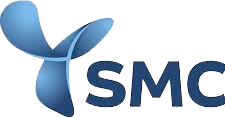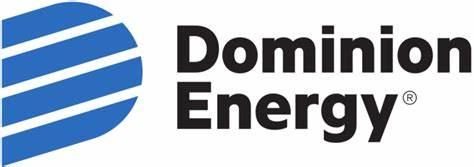
In the journey towards software selection, the terms "configuration" and "customisation" often appear interchangeable. However, these words hold distinct meanings and implications that can significantly impact your software investment. Understanding these differences is crucial for making an informed decision that aligns with your organisations needs and budget.
Customisation: Tailoring Software to Your Exact Needs
When software providers talk about customisation, we're referring to a bespoke software solution crafted specifically for your business. This isn't an off-the-shelf product; it's a unique system built from the ground up to meet your precise requirements. The appeal of customisation lies in its ability to provide a made-for-purpose solution, but it comes with its own set of challenges.
Benefits of Customisation:
- Perfect Fit: Custom software is designed to meet your specific needs, offering functionalities that precisely match your business processes.
- Competitive Advantage: By leveraging a solution tailored to your operations, you can gain a competitive edge through unique capabilities.
Drawbacks of Customisation:
- High Cost: Developing custom software can be expensive, as it involves hiring a team of developers to write and maintain the code exclusively for you.
- Maintenance and Flexibility Issues: Custom solutions can be harder to maintain and update. Any issues that arise require specialised knowledge to fix, and scaling or modifying the software can be complex and costly.
- Missed Opportunities: By building a custom solution you miss out on possible innovations and developments brought to market through an off the shelf but configurable product.
Custom-built software can indeed propel your business forward, but it's essential to weigh these benefits against the potential pitfalls, especially if your organisation is not fully prepared for the financial and management commitments involved.
Configuration: Adapting Off-the-Shelf Solutions to Your Needs
On the other hand, configuration refers to the process of adapting an off-the-shelf software solution to meet your business needs. While these solutions come ready-made, they offer a significant degree of flexibility through configuration options.
Advantages of Configuration:
- Cost-Effective: Off-the-shelf solutions are generally more affordable since the development cost is spread across many users.
- Ease of Use and Maintenance: Configurable software is designed to be user-friendly and easier to maintain. Updates and support are often managed by the vendor, reducing the burden on your IT team.
- Benefit from the Experience of Others: Investment and innovations are shared amongst all users.
How Configuration Works:
- Adjustable Features: Many software solutions, like some of those provided by IAMTech can be used across a wide range of industries from power plants to hospitals and allow for extensive configuration. Fields and features can be tailored by an administrator to suit different industries and business needs.
- Selective Utilisation: Unnecessary parts of the software can be turned off or hidden, simplifying the user experience and preventing confusion among end-users.
Making the Right Choice for Your Business
When selecting software for your organisation, it's essential to understand the implications of configuration versus customisation. Customisation offers a bespoke solution at a higher cost and with greater complexity in maintenance. Configuration provides a cost-effective, flexible, and scalable solution that can be tailored to your needs without the high price tag and management overhead.
Next time you’re evaluating software options, consider these two approaches carefully.
Understanding the distinction between configuration and customisation will help you choose a solution that not only fits your current needs but also supports your long-term business goals.
If you would like to explore either bespoke or configurable industrial software solutions for your business, then contact IAMTech today sales@iamtech.com or visit our website www.iamtech.com.




































